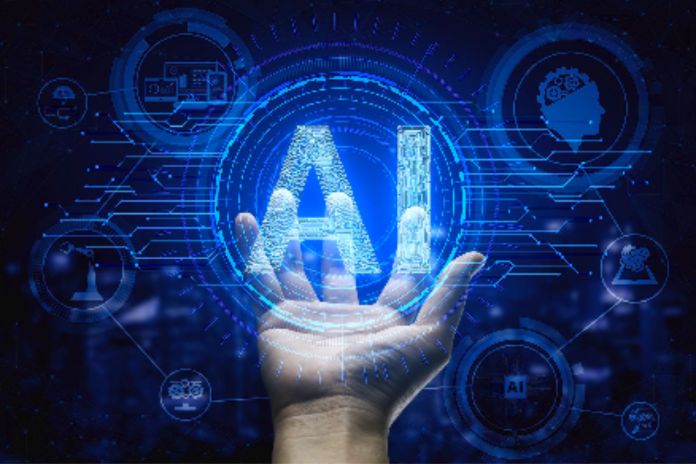In short, artificial intelligence is the technology that allows machines to perform tasks similar to humans. This broad definition of a disruptive trend encompasses more complex issues such as machine learning, deep learning, natural language, neural networks, and inference algorithms.
Does all this seem complex, distant, and something out of science fiction? Several types of AI are already part of people’s daily lives: when looking at the list of recommendations from streaming services for movies, series, and music; when searching on a search engine; discovering the fastest route to get to a certain place; doing a bank transaction over the internet — it all involves this innovation!
Companies are adopting artificial intelligence — from products and services and internal processes to people management — educational institutions, public and related organizations, and other applications. This technology is usually implemented to optimize processes, reduce errors, streamline processes, and improve the user experience.
Humanity is still discovering the possibilities of artificial intelligence. Some predictions indicate that machines will surpass human capabilities and become self-aware in the future, thus generating a series of possibilities and ethical questions to be investigated.
But while more than this scenario is needed, there are several resources that artificial intelligence already provides to users and enthusiasts of the trend.
Types Of Artificial Intelligence
AI is a solution comprising a wide range of tools. This means that there is not one type of artificial intelligence, but there are several possibilities – some more sophisticated than others.
It is important to know each solution before implementing this strategy in your reality, evaluating which ones are best suited to present needs and which bring the desired results.
We can use two major AI, classification groups:
First Classification
- Reactive Machines: It is part of the first types of artificial intelligence ever created, so it has limited resources. This model cannot store memories, only recording some previously recorded information and reacting to stimuli. Examples of this use are computers capable of defeating champions in games like chess but unable to perform any other task.
- Limited Memory: represents an advance of the previous type by having the ability to store memories and use them to make decisions. This model is present in our homes, such as recommendation systems in streaming’s and virtual stores, and even in the concept of autonomous cars;
It is also possible to consider in this classification two other types, which are not yet reality or are in progress:
- Artificial intelligence will be able to understand people’s beliefs, needs, emotions, and thought processes in greater depth. Thus, the machine not only “reads” human beings but truly understands them;
- The self-aware artificial intelligence that many predict will be invented in the future will not only be able to understand humans but also develop its own beliefs — something that some experts and technology leaders view with concern.
This separation makes it easier for laypeople to understand, showing how AI has evolved and where experts imagine this solution will go.
Second Classification
There is a more technical categorization, which brings the same line of thought explored above. It is divided into three types of AI:
- Artificial Intelligence (ANI), also called weak AI: Are models made with a single objective? They can store large amounts of data and perform complex tasks, but only related to their focus and what they were programmed for.
- Artificial General Intelligence (AGI) or strong AI: Also known as human-level AI, it is capable of operations similar to humans, such as learning (machine learning, deep learning), understanding, and acting on certain stimuli. This model is used in more complex tasks, which ANI could not handle;
- Superintelligence (ASI): This is an assumption for the future, where AI will either be slightly better than human intelligence or surpass it unimaginably. It can make decisions and accumulate a huge amount of data and Memory.
- Thus, the two classification models, however technical they may be, mirror each other: thinking about technology’s past, present, and future — with its limitations and even intimidating possibilities.
Conclusion
Artificial intelligence is a technology that has come to transform our lives: making everyday tasks easier, optimizing complex processes, and even solving human problems.
Companies, educational institutions, and other organizations can use this solution to improve their results, whether offering a more personalized experience to customers and audiences (with AI able to understand and respond to human stimuli), automating operations (increasing efficiency, reducing errors and costs) and modernizing the way you see the world.
But this is just the beginning: imagine what will be possible in a few years or the next decade. What will be the tools that will make our lives, work, and consumption easier?
That’s why it’s important to be prepared to take advantage of current technologies and those to come, not ignoring technological advances — at the risk of falling behind in your field.
And one way to take advantage of the best of all solutions is with digital transformation. Companies of different sectors and sizes are adopting this trend to use technology not in isolation but as a fundamental resource for business strategy and success.
Also Read: Understand How An Artificial Intelligence ‘Thinks’

